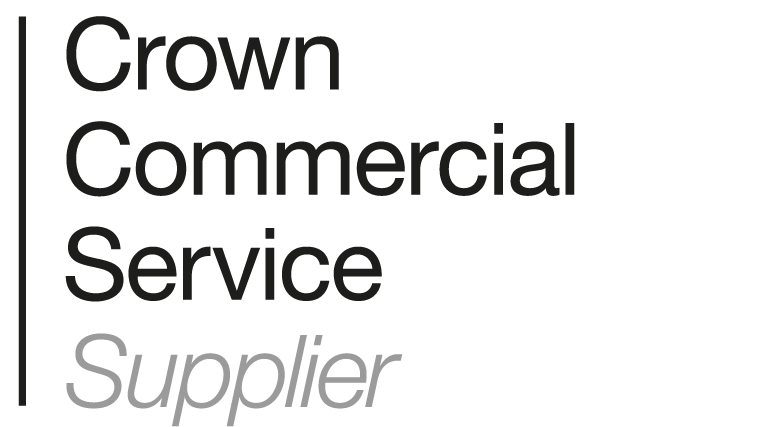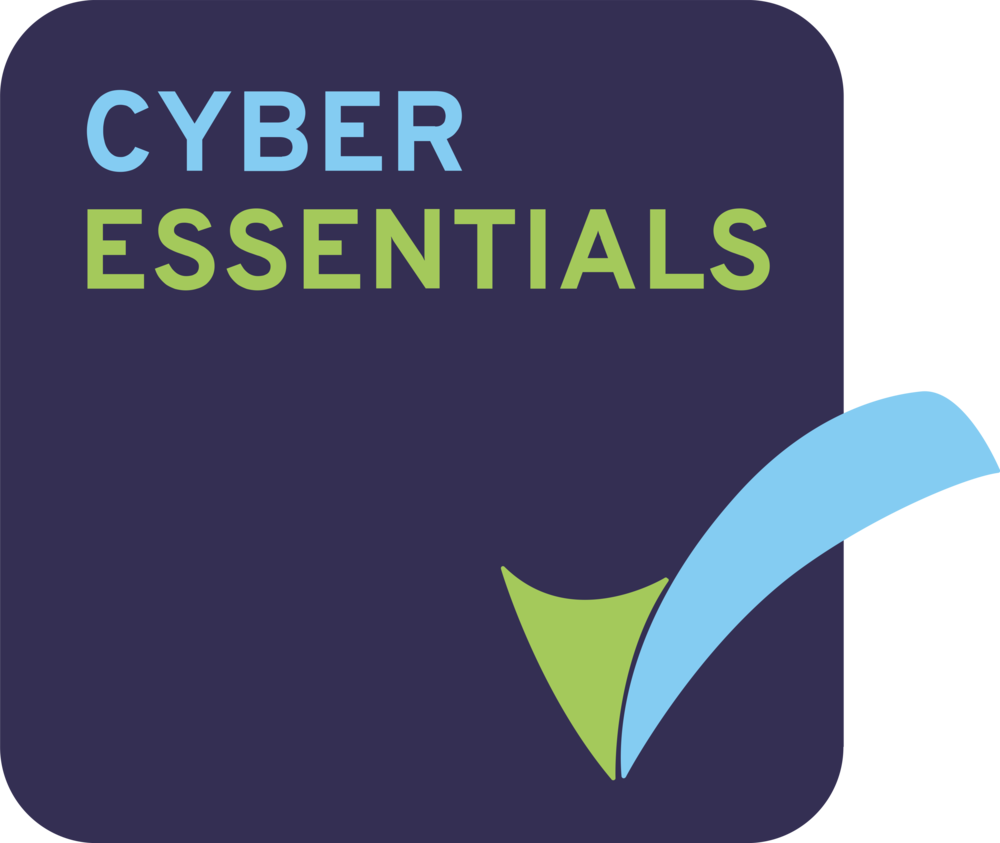Do you know how busy your back-office staff are?
So, your back-office is busy, your staff look like they’re working hard, but do you really have any visibility of what they are busy working on? Are they tackling the important tasks that are best for the business and your customers, or are they cherry picking the tasks they enjoy the most?
Could this mean you are struggling with the lack of visibility into operational data such as what exactly staff are working on at any given time, how much work they are getting through, what spare capacity they have and what skills they are lacking?
A lack of visibility in work processes, workers’ productivity and best practice in the back office will lead to operational inefficiencies. Without performance-related data it’s very difficult to understand who is doing a good job and who might be struggling.
What is your back office responsible for?
Despite their seemingly invisible presence to your customers, back office staff will be involved in managing many essential steps throughout the customer journey from processing payments and claims, handling new applications right through to compliance issues, record maintenance and much more. There is broad diversity in the types of work being carried out, requiring a wide range of skills. They will also be working on complex tasks that could span multiple teams, often working to SLA’s.
The back office is an integral part of any organisation. Responsibilities will of course vary from industry to industry, however a significant percentage of customer dissatisfaction can be traced to back-office inefficiencies impacting profitability now more than ever. For example, increased failure demand costs generated by customers calling into the front-office to chase progress of promises made by the back office. The lack of insight into back office activities is costing companies millions of pounds a year and without systems to manage and optimise productivity there will be serious implications on customer service and potentially business reputation.
- Smart businesses are also looking at ‘blending’ their front and back-office workforces rather than having their teams as separate silos. However, despite PwC research commissioned by HMRC back in 2010 where it outlined clear benefits such as improvements to customer service, increased operational efficiency and reductions in absenteeism, some businesses are still confining workforce optimisation principles to the Contact Centre alone.
It’s time to invest in your Back-Office
Typically, the size of your back-office is significantly larger than the front office so confining workforce optimisation to the front office will be to the detriment of your business and your customers.
Information is key – If organisations know precisely what they need to do to track and manage work allocation they are in a much stronger position to improve efficiency, increase productivity and reduce operational costs as well as customer complaints.
Nearly every organisation is trying to increase workforce productivity, but most don’t have an easy way to measure it in the back office where typically automation and optimisation tools are lacking. They’ve more than likely been reaping the benefits of using workforce optimisation technology in the front office for some time, but they have not extended it to the back office to manage workers and processes.
Typically, the back-office will have multiple systems to manage work including CRM, BI, BPM, compliance management, performance management, case work, workflow and knowledge management technologies. They’ll most likely also be using bespoke or legacy platforms, so although most supervisors or team leaders will have a pretty good idea of who is doing well and who isn’t, they can’t track and manage workloads on an individual or team basis across multiple systems and indeed against expected measures such as transaction work times, breaks, pauses, meetings, training, manual allocated activities and idle time.
- Managers and supervisors can’t rely on their gut feeling indefinitely about staff performance when the customer experience is at stake. Tools and technologies that manage just work have limitations when it comes to improving staff or team performance. The challenge of using multiple systems to manage the wide diversity of jobs makes it even harder to understand how quickly and effectively work is being completed.
What steps need to be taken to increase visibility?
It’s time to invest in call centre software. In particular back-office technology which will support workers to gain visibility into their activities, capabilities and performance. Start thinking about key elements that are important when looking at back-office technologies. In an Ovum report, decision makers ranked the following elements as their top three:
- tracking workload items to ensure service goals are met
- the need to schedule and assign work to people based on specific skills
- the overall need for metrics and analysis of performance
Other primary objectives were ‘executing work at the lowest cost’ and ‘improving customer service’.
So, consider extending WFO into the back office and leveraging technology to improve efficiency and productivity. Arm your managers and supervisors with the data they need to make appropriate changes and put best practices at the heart of your operations to improve the customer experience and deliver more for less.
What to look for in a solution
Choose technology that offers functionality over and above your regular Workforce Optimisation solution, such as advanced analytics, workflow and robotic process automation. Ensure it’s designed specifically for the back-office and look for technology that is modular, scalable, platform agnostic and easy to deploy.
To gain a competitive edge in the ever-growing digital economy, ensure you find a solution that can keep up with the multiplication of touchpoints (even if you’re not using them right now) to help you enhance your customer experience.
How can OPX help improve the visibility in the back-office?
OPX is an award winning Back-Office Workforce Optimisation solution designed specifically to remove costs from operations, deliver consistently high standards of customer service and ensure consistent quality to minimise risk and compliance issues.
With advanced reporting capabilities and visual dashboard representations, OPX will provide you with true visibility into your resources (whether human, robotic or both) and processes allowing you to measure productivity in real time to understand utilisation, productivity and current demand. You can gain a real understanding of where your employees’ skills lie and how much work they are getting through. You will be able to delve deep into the data to understand how you can get your staff up to speed on a specific process or skill and hit new KPI’s.
Armed with this data, decision makers can act accordingly to modify processes and fine tune resource to run agile operations. They can easily run reports and statistics on backlogs of work, expected throughput, changes of teams and balancing resources (whether human or robotic) and identify root cause issues.
The ‘get next’ approach to case management and work allocation breaks complex processes up and distributes work to appropriately skilled users ensuring staff are not ‘cherry picking’ work and you can see at a glance if you are meeting your SLA’s.
Put simply…..
- Put simply, businesses can’t clearly manage what they don’t know or can’t measure. Siloed data, multiple levels of IT and uninformed decision makers will contribute to a lack of visibility in the organisation which in turn will manifest itself into poor efficiency and inferior customer experience. Let’s arm our people with data to help them turn this around.















